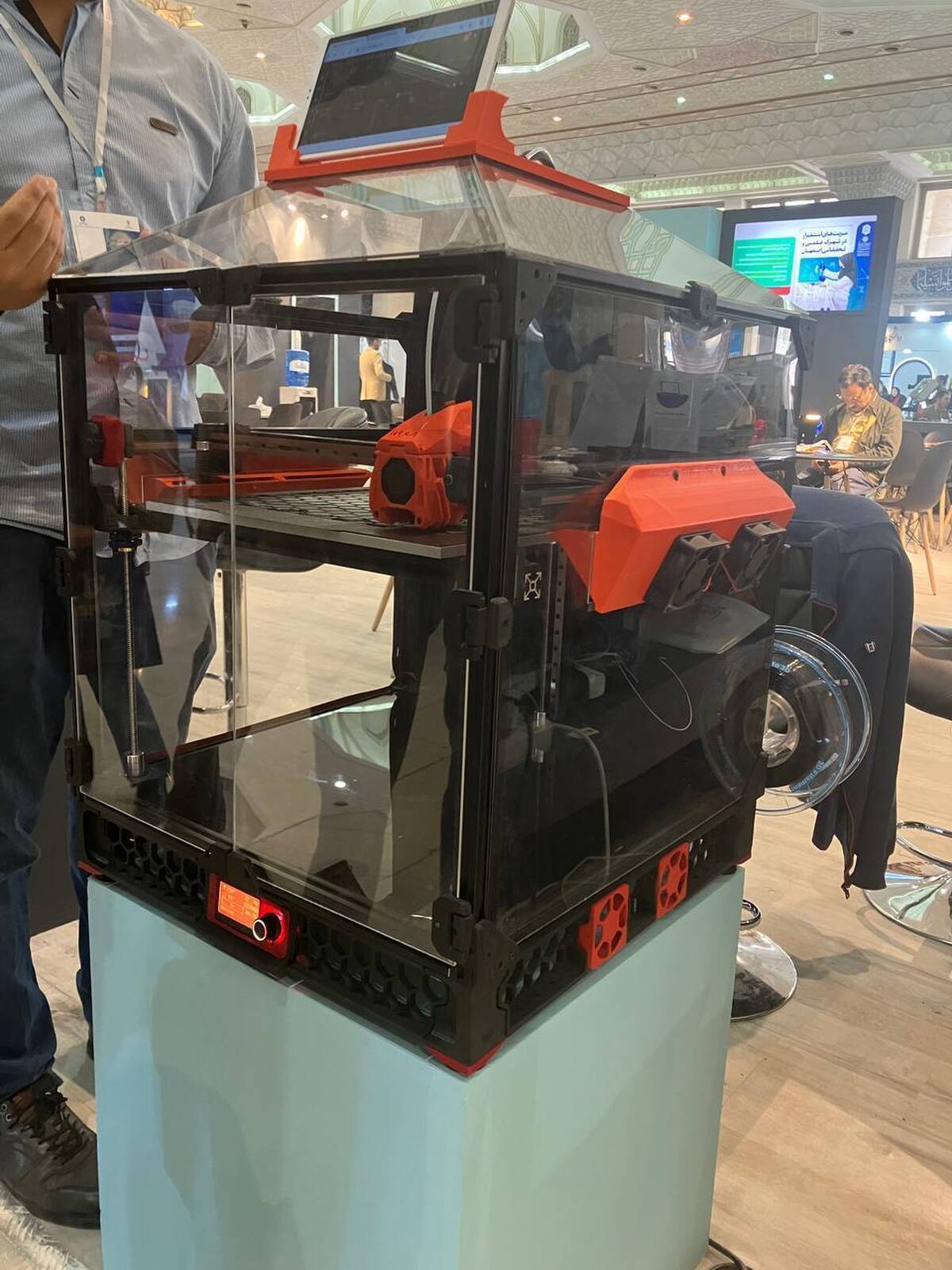Knowledge-Based Firm in Iran Produces 3D Printer with Capability to Maintain High Quality

“The new 3D printer enjoys the ability to increase the printing speed while maintaining the quality and can print at a speed of 450 to 600 mm/s,” Hamidreza Rabbani, a technical expert and a representative of the knowledge-based company, told ANA.
He elaborated on the technological advantage of the 3D printers, saying, “The automatic calibration of the printing table during, at the beginning and at the end of the printing process is the technological capability of this product.”
“When the printing process starts, the print table goes up and down automatically, and based on the map of the bumps and depressions on the surface of the table, the best print quality comes out of the machine,” Rabbani said.
He noted that most of the customers of the product are companies active in the field of printing and packaging.
In a relevant development in December, an Iranian knowledge-based company, for the first time in the country, had also produced a 3D printer with the capability to produce metal parts.
“Our company is a knowledge-based company that produces 3D metal filters in the country. We built the first metal 3D printer in Iran with the method of selective melting with the help of powder or SLM,” Ahmed Forouzmehr, the managing-director and co-founder of Nora Layeh Negar Industries company, said on the sidelines of the 10th exhibition of Iran-made laboratory equipment and materials, titled Iran Lab Expo 2022 in Tehran.
Noting that the foreign model of the device exists in the world, he said that the European countries are the main producers of this device but it has no sample in the Middle East (West Asia) and Iran has made it for the first time.
“This 3D printing machine has wide applications in various industries, from medicine to energy and auto-making industries since it is able to produce any part with any complexity directly without any problem,” Forouzmehr added.
He underlined that the 3D printer has opened a big window in treating diseases and bone lesions which was not possible before, adding that it can be used for making prostheses and implants, specially in patients with bone lesions caused by cancer or accidents.
4155/v





















